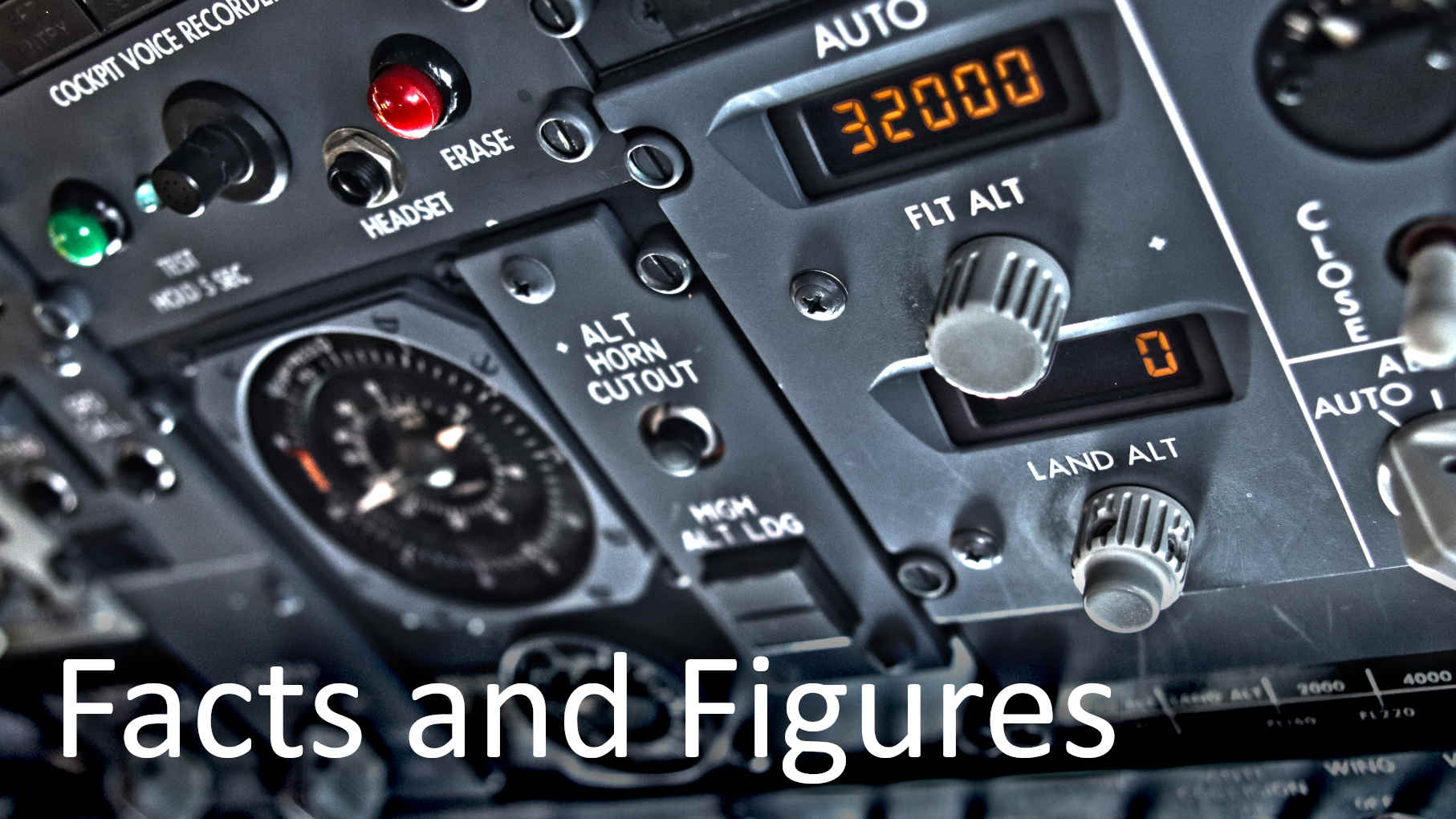In several of our recent “investment comments”, we stressed that actual exchange rates were less favorable than the assumptions used by Japanese companies to issue their guidance. We note with some sense of relief that companies are now turning more conservative.
When they reported their FQ1 (ended in June), most FX-sensitive companies were still basing their guidance on assumptions of a US dollar at 110 yens, and a euro at 125 yens. This looked overly optimistic given that, at the end of August, these exchange rates were respectively 106 and 118, with little hope that the yen would reverse its strength given the Bank of Japan’s limited leeway to follow other central banks in an accommodative monetary policy.
We thus noted with satisfaction that a few Japanese companies have started to correct this inconsistency. Kawasaki Heavy Industries, for example, revised its JPY/USD assumption from 110 to a more realistic 107, and that for JPY/EUR from 125 to 118. The subsequent guidance revision also included the effects of a slowdown in the Precision Machinery and Robot businesses, but FX alone had an impact of almost 10% on the company’s operating profit forecast for the current fiscal year. Similarly, Yaskawa Electric adjusted its assumptions for the same exchange rates from 110 to 105, and from 125 to 120 respectively.
These moves were not unexpected, and they were largely discounted in market prices, but a fair, achievable guidance is always better for investor confidence and management credibility. We therefore welcome this shift, and hope the trend will continue as the FQ2 earnings season picks up in the next few weeks.
Anne-Laure Fantuzzi







